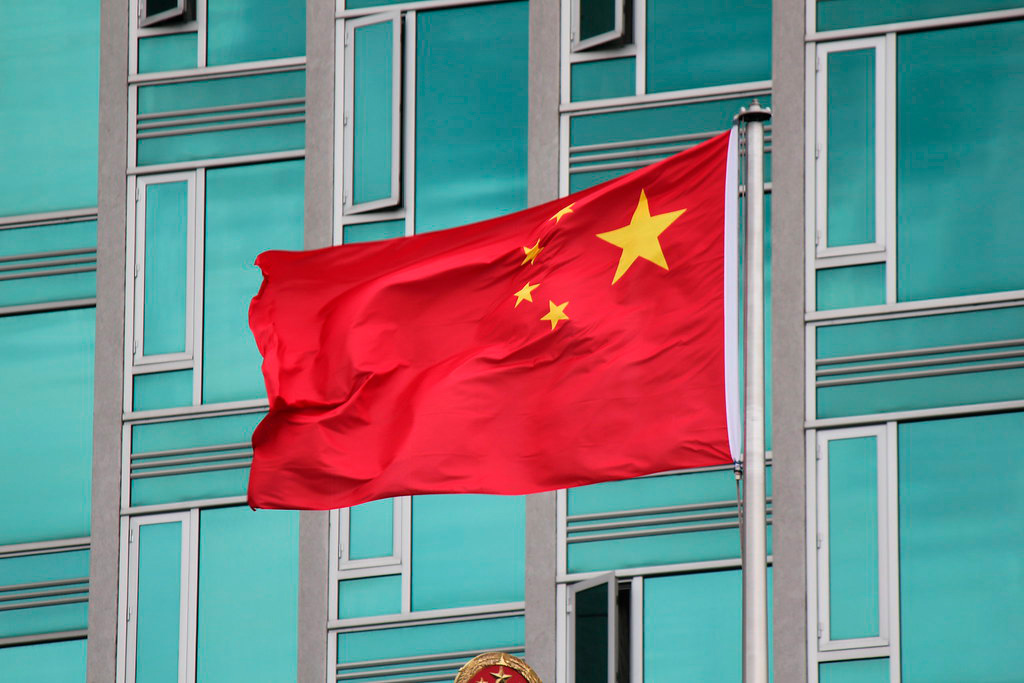SINGAPORE, June 13 (Reuters) – As droughts loom, China is planning ambitious new water infrastructure projects in hope that moving more of the precious liquid across the country will mitigate the impact of climate change – but experts warn more river diversions may be costly.
At the end of May, officials released plans to build a national “water network” of new canals, reservoirs and storage facilities they say will boost irrigation, and cut the risk of floods and droughts.
Minister of Water Resources Li Guoying said the plan would “unblock the major arteries” of the river system by 2035, boosting the state’s ability to even out water supply distribution.
But experts say this approach is not only expensive and environmentally disruptive, but could leave regions in the south more vulnerable to supply disruptions and require additional infrastructure to address.
“What they have been doing so far is using engineering solutions to try to physically supply water and fix their water problem,” said Mark Wang, a geographer at Melbourne University who studies the impact of China’s water infrastructure. “If China can reduce water use and increase efficiency, it doesn’t need mega-diversion projects.”
China’s Ministry of Water Resources did not respond to a request for comment.
Although this year’s drought is not expected to be as severe as last year’s, when months of high temperatures parched large parts of the Yangtze basin, state forecasters warn that central and southwestern China could suffer.
Parts of the southwest have already imposed special measures, with a water company in Sichuan province’s Liangshan County urging residents not to shower more than four times a month.
China’s per capita water resources are much lower than the world average and distribution is uneven. It has long relied on large-scale infrastructure to deliver water from the flood-prone south to the arid north and find engineering solutions to its long-term supply woes.
Some measures to curb demand are in place. Local governments have been pushed to reduce water consumption, improve wastewater recycling and tackle pollution.
Alongside that, China has embarked on more than 100 diversion projects over the last five years, Wang added.
Total investment in fixed water assets exceeded 1.1 trillion yuan ($154 billion) last year, up 44% compared with 2021, analysts said. It rose 15.6% to 407 billion yuan in the first quarter of 2023 and officials say even more funding will be made available.
“The costs of building these enormous projects is likely to continue increasing,” said Genevieve Donnellon-May, a researcher at the Oxford Global Society who studies China’s water issues.
‘CHAIN REACTIONS’
Part of the new plan involves the expansion of the South-North Water Diversion Project (SNWDP), an ambitious engineering project that diverts surplus Yangtze River water to the arid Yellow River basin in the north.
The government says the project has played a vital role in “optimising” China’s water supplies, and has diverted more than 60 billion cubic metres of water.
But as the project’s name suggests, the direction of water flows only one way, and it was unable to help during last year’s droughts.
By relying on additional projects of that scale, experts fear that China will merely relocate shortages. They say megaprojects such as the SNWDP and the Three Gorges Dam have triggered a “chain reaction” of unforeseen consequences that require billions of yuan in new infrastructure to fix, Wang of Melbourne University said.
For example, the transfer of water to the north via the Danjiangkou reservoir has depleted water downstream on the Han River, forcing authorities to propose another 60 billion yuan project to connect Danjiangkou with the Three Gorges reservoir.
Three Gorges, which sequesters as much as 40 billion cubic metres of Yangtze water for power generation and flood management, has itself been blamed for record low water levels in Poyang Lake. To resolve the problem, authorities are considering plans for a new sluice gate that critics say will destroy local habitats.
China has also proposed a project to divert water from Tibet to northwest China, which has alarmed India and other countries dependent on rivers such as the Brahmaputra and the Mekong.
Alternative approaches that focus on wastewater recycling, desalination or reductions in demand could prove more effective, Wang said.
With about 60% of China’s water supplies used for agriculture, efficiencies could be found by switching crops or using alternative irrigation methods, he said.
“For some engineering solutions – if they are feasible, if the local environmental impact is not huge, I am not totally against them,” Wang said. “But the scale and the scope and the impact is huge… if you put the same effort into the demand side and can achieve a better result, that’s the point.”
($1 = 7.1429 yuan)

